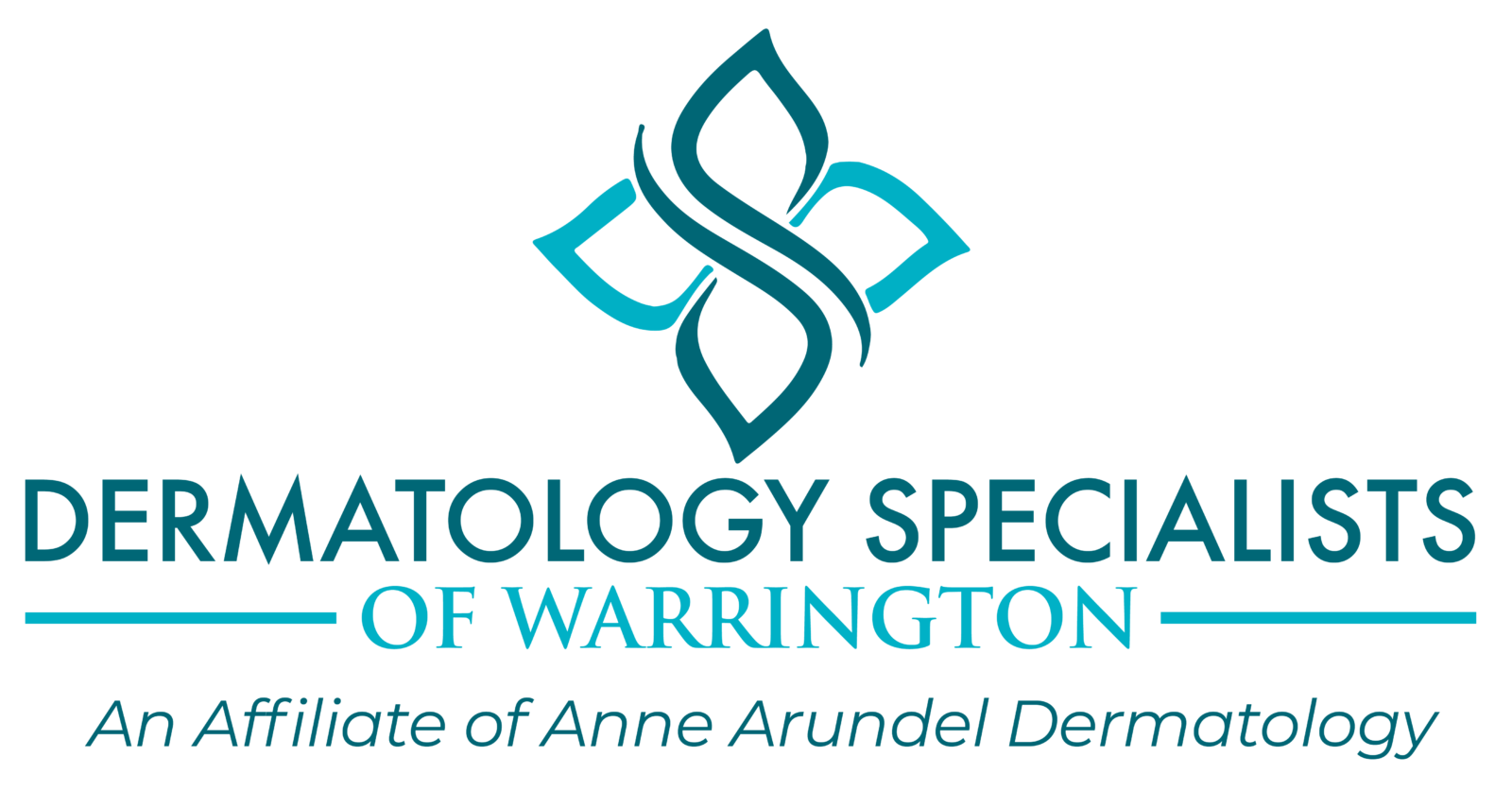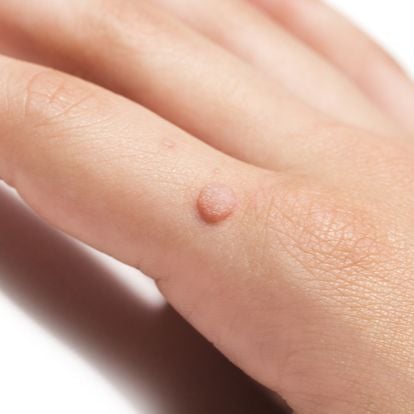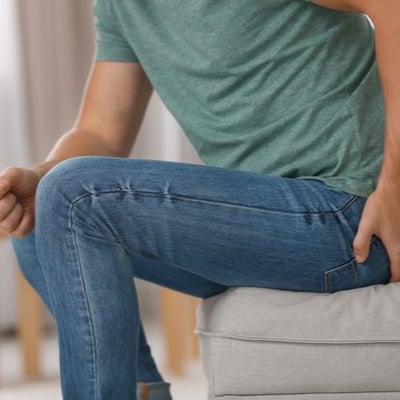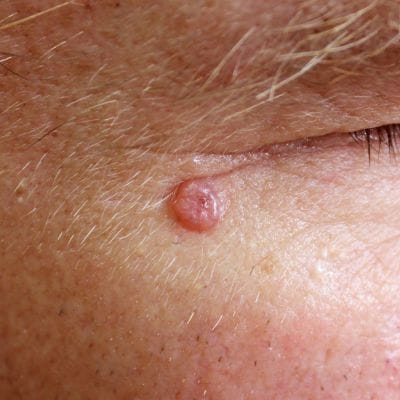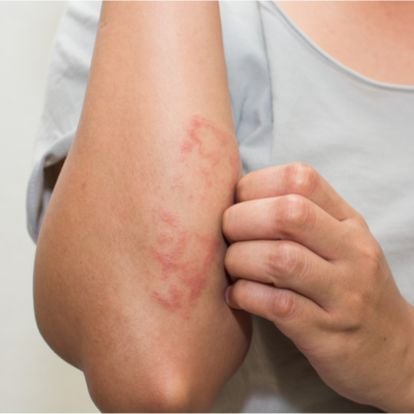Lichen Simplex Chronicus
It’s not uncommon to occasionally have itchy skin. However, chronic itching could be a sign of a skin condition. Scratching and itching your skin can be a by-product of Lichen Simplex Chronicus or LSC. While more common in adults, it can happen to children as well.
What is Lichen Simplex Chronicus?
Lichen Simplex Chronicus (LSC) is hyperpigmentation and lichenified plaque aggravated by frequent rubbing of the skin area. LSC is an area of thickened skin, also known as lichenification, caused by constant rubbing, scratching, and itching of the skin. Individuals who have dermatitis and psoriasis are more prone to getting LSC.
LSC is chronic dermatitis that is worsened because of the itch-scratch cycle, which can be a vicious cycle that can lead to more severe symptoms.
This skin condition is characterized by dry, scaly, and hyperpigmented plaques, oval, irregular, or angular. It can show up on the arms, legs, neck, genitals, and upper body – these are all areas that can be easily reached.
LSC can appear in people prone to skin allergies, eczema or psoriasis, or people undergoing anxiety, depression, and nervousness. People with LSC complain of pruritus or itching, manifested by uncontrollable scratching of the same area.
Lichen Simplex Chronicus can begin with clothing that rubs and irritates the skin. Constant scratching causes the skin to thicken, and the thicker the skin gets, the itchier and scratchier it feels.
Here are the typical symptoms that come with LSC:
- Chronic itching can be intense at times, especially in stressful situations
- Raw areas of the affected area
- Leathery skin texture
- Skin lesion or plaque that is characterized by sharp borders
- Skin scaling
How is Lichen Simplex Chronicus diagnosed?
Lichen Simplex Chronicus needs medical and clinical evaluation for proper diagnosis. Your doctor will examine by looking at your skin and asking if you have had chronic scratching in the past. A skin lesion biopsy might be done for more severe cases to confirm the diagnosis.
A referral to a dermatologist is highly recommended in this case because LSC requires a special diagnosis. There are cases when biopsies are needed to confirm the diagnosis and differentiate it from other potential conditions.
Common Treatments for Lichen Simplex Chronicus
The main symptom that needs to be treated with Lichen Simplex Chronicus is itching. There are several medications that you can use to get rid of the itch, and these include:
- Numbing medicine
- Steroid cream or lotion that can help calm the itching and irritation
- Ointments that promote peeling, like lactic acid or salicylic acid can be applied to patches of thick skin
As an added precaution, your doctor might recommend using dressings to cover and protect the area to prevent it from getting worse. The dressing will typically be in place for at least one week.
Antihistamines can be prescribed to help with itching. There are instances when the itching is emotional, which can be alleviated by stress management, counseling, and therapy.
